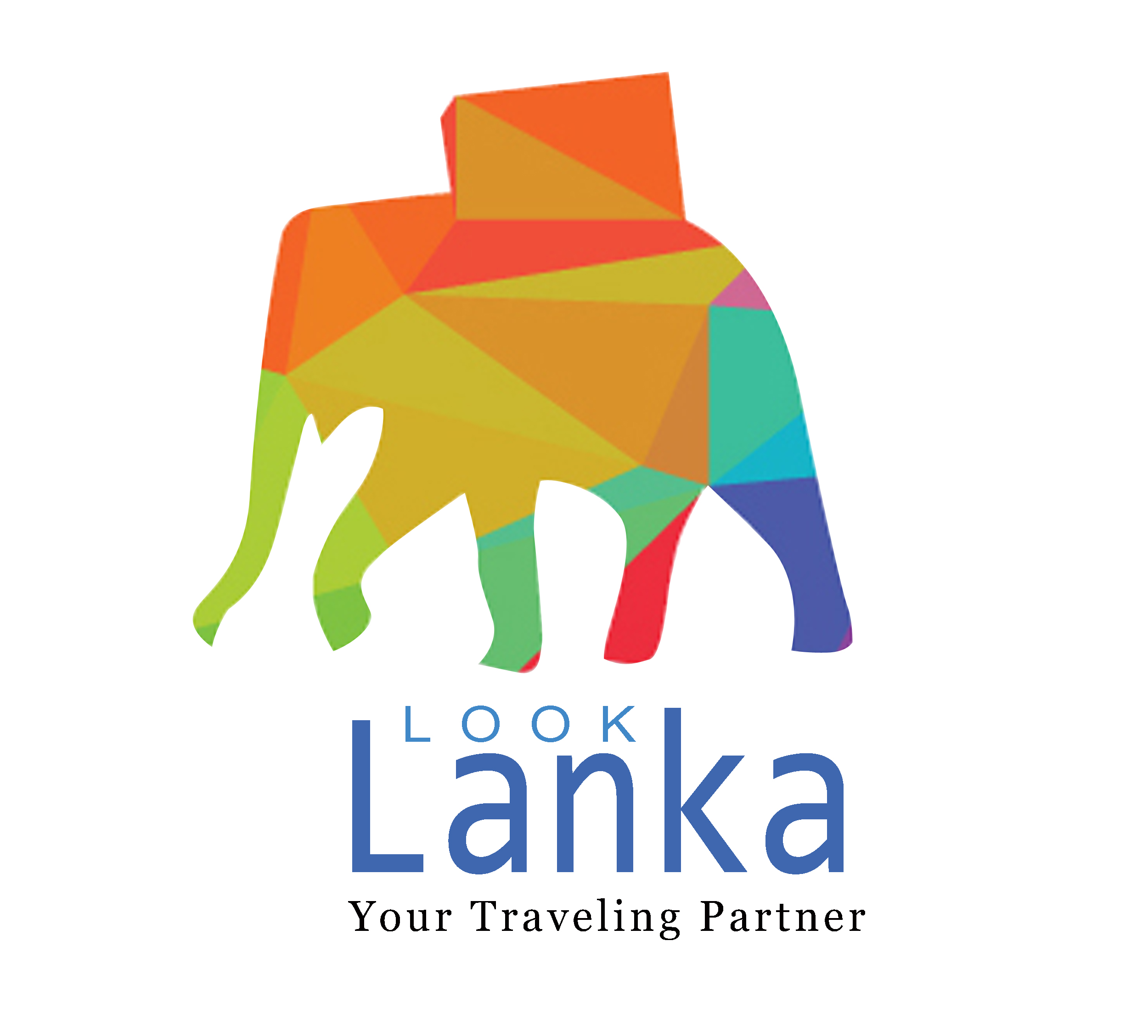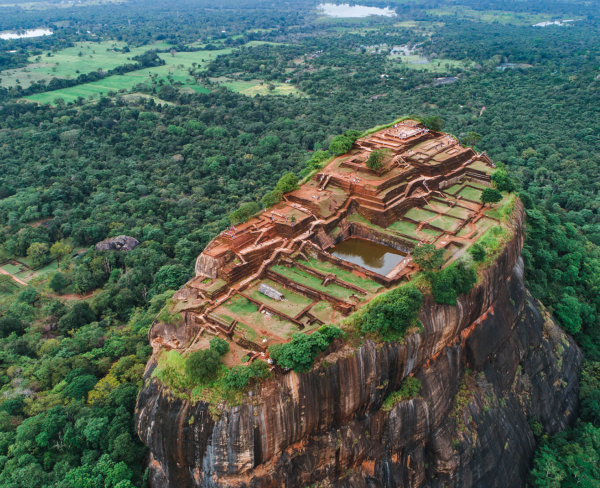
The history of Sri Lanka is a captivating narrative that unfolds across the centuries, encompassing a tapestry of dynamic events and diverse influences. From the ancient civilizations that established intricate irrigation systems and awe-inspiring monuments like Sigiriya Rock Fortress, to the colonial encounters with the Portuguese, Dutch, and British that left an indelible mark on the island’s social and cultural fabric, the history of Sri Lanka is a complex interplay of tradition and change.
The struggle for independence in the 20th century further shaped the nation’s identity, leading to a modern era characterized by efforts to reconcile a diverse population and build a harmonious society. With each chapter, Sri Lanka’s history reflects the resilience, cultural richness, and evolving aspirations of a nation that continues to navigate its path through time.
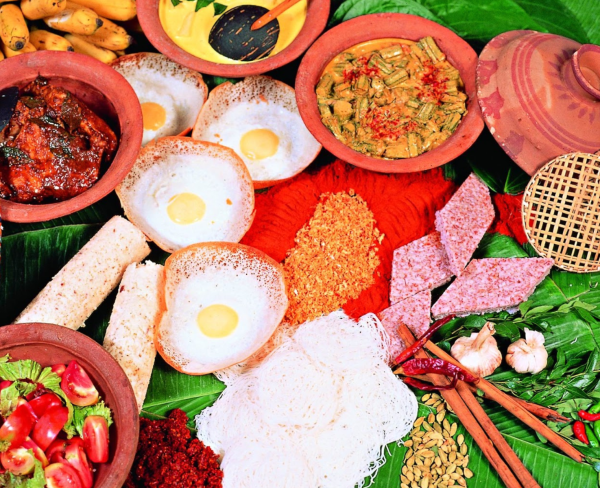
The cuisine of Sri Lanka is a flavorful and aromatic tapestry that mirrors the country’s rich cultural heritage and geographical diversity. Known for its vibrant use of spices, coconut, and a variety of ingredients, Sri Lankan cuisine offers a delightful array of flavors and textures.
From the staple rice and curry, where an assortment of dishes accompanies fragrant rice, to iconic dishes like hoppers (fermented rice pancakes) and kottu roti (chopped roti with vegetables and meat), the cuisine showcases a fusion of indigenous ingredients and culinary traditions. The influence of different ethnic communities and their unique dishes, combined with the creative use of spices, creates a mouthwatering symphony of taste that truly reflects the heart and soul of Sri Lanka.

Festivals in Sri Lanka are a kaleidoscope of cultural vibrancy, embodying the nation’s rich heritage and religious diversity. These celebrations offer a captivating glimpse into the country’s tapestry of traditions.
From the exuberant Sinhala and Tamil New Year festivities, which mark the dawn of a new year with joyful rituals and traditional games, to the spiritually significant Vesak, where the country comes aglow with lanterns and illuminations to honor Buddha’s birth, enlightenment, and passing, each festival holds a unique place in the hearts of Sri Lankans.
The Festivals of Kandy Esala Perahera, Kataragama perahera a grand procession featuring elegant costumes, traditional dances, and ornately decorated elephants, is a magnificent display of Kandyan heritage and Buddhist reverence. Deepawali, or Diwali, illuminates homes with lights and signifies the triumph of light over darkness. Each festival is a testament to Sri Lanka’s rich heritage, spiritual devotion, and communal unity
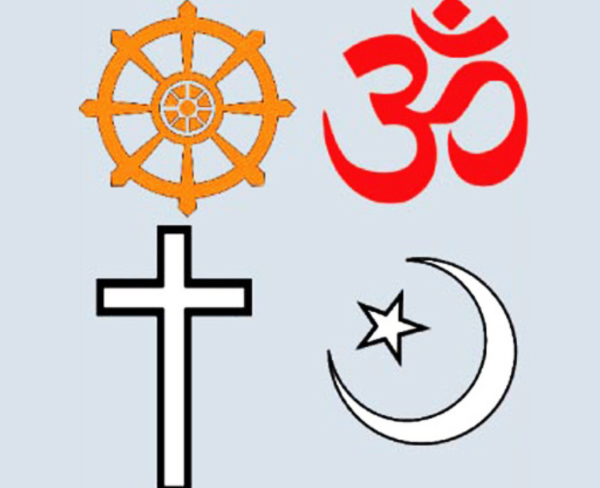
Religion in Sri Lanka is a diverse and integral part of the country’s identity. The major religions practiced are Buddhism, Hinduism, Islam, and Christianity. Buddhism holds a special place, with ancient temples and stupas dotting the landscape. Hinduism is practiced predominantly by the Tamil population, with colorful temples and cultural festivals contributing to its significance.
Islam is observed by the Muslim community, and mosques are scattered throughout the country. Christianity, embraced by various denominations, has historical roots from colonial times. This religious diversity is a testament to Sri Lanka’s cultural richness and its people’s ability to coexist harmoniously amidst varied beliefs.
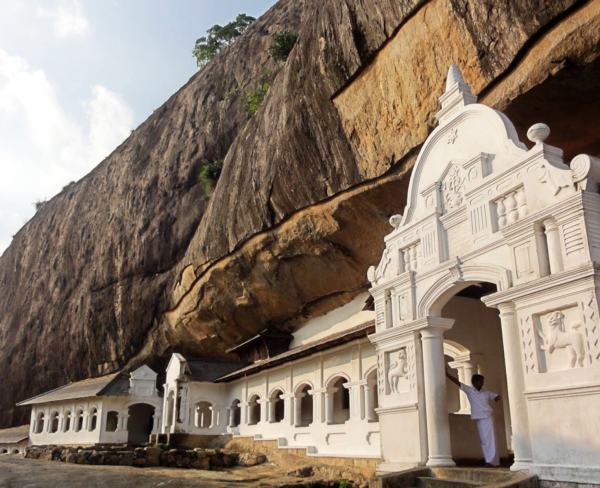
Sri Lankan visual art is a captivating reflection of the country’s cultural heritage, with iconic examples found in places like Sigiriya and Dambulla. The ancient frescoes adorning the rock walls of Sigiriya showcase exquisite paintings of maidens, revealing the artistic brilliance of the past.
Dambulla Cave Temple stands as a treasure trove of ancient murals and intricate sculptures within its rock-cut chambers, illustrating religious and cultural narratives. Additionally, the Temple of the Tooth Relic in Kandy houses remarkable paintings, carvings, and decorations that honor Buddhism and its revered relic. These landmarks offer a glimpse into the rich visual traditions that have shaped Sri Lankan artistry across the ages.
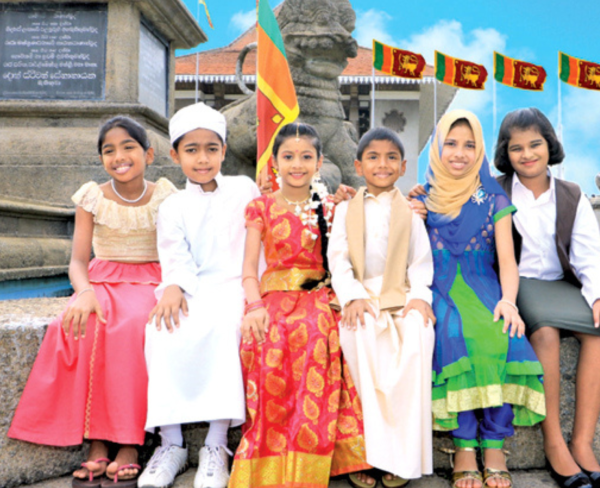
Sri Lanka’s ethnic diversity is a defining feature of the country, encompassing a range of groups that contribute to its rich cultural fabric. The Sinhalese, forming the majority, have a distinct heritage closely tied to the island’s history. The Tamil community, divided into Sri Lankan Tamils and Indian Tamils, adds to the mosaic, particularly in the Northern and Eastern provinces.
The Muslim population, largely concentrated in the Eastern coast, brings its unique cultural practices. Additionally, the Burghers, descended from colonial-era European settlers, and the Malays, with their distinctive heritage, add further dimensions to Sri Lanka’s ethnic tapestry. This diversity is a source of the country’s strength, contributing to its vibrant traditions and varied perspectives.
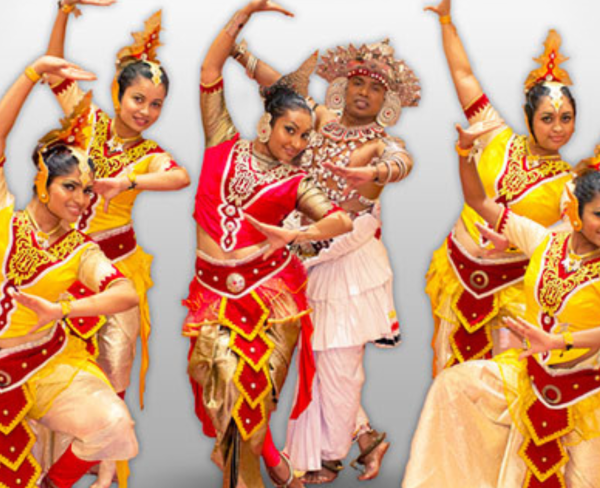
Sri Lankan performing arts encompass a vibrant spectrum of traditional expressions that reflect the country’s rich cultural heritage. The Kandyan dance, characterized by elaborate costumes and rhythmic drumming, is a captivating example of the island’s indigenous performance traditions. Similarly, Bharatanatyam, a classical dance form originating in India, has been embraced by the Tamil community and is now an integral part of Sri Lanka’s cultural scene.
Another notable tradition is the vibrant Kolam dance, often accompanied by intricate mask-making, which plays a significant role in local rituals and celebrations. These performing arts not only entertain but also serve as a means of preserving and sharing the diverse stories, myths, and traditions that shape Sri Lanka’s identity.
Sri Lanka Tour Packages & Trips 2025/2026
Typically replies within minutes
Any questions related to Culture Sri Lanka?
WhatsApp Us
🟢 Online | Privacy policy
